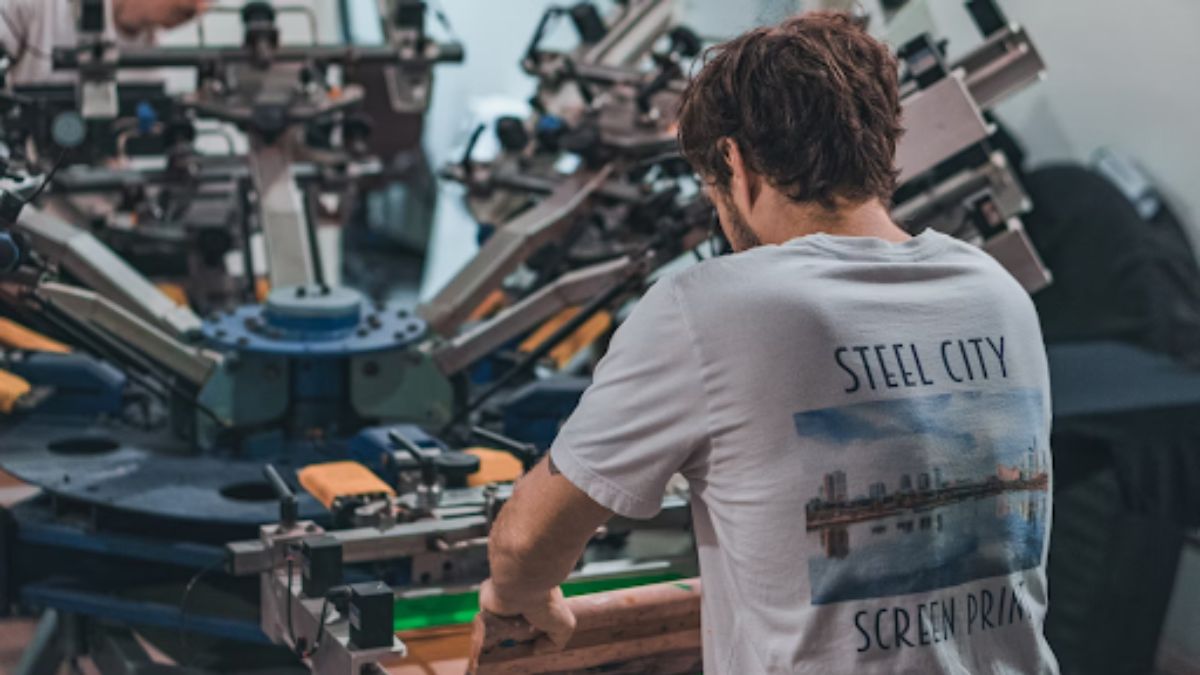Introduction
Rotogravure printing is a highly sophisticated printing technique that offers exceptional print quality and versatility. To master the art of rotogravure printing, it is essential to understand the techniques involved and follow best practices. This comprehensive guide will provide you with valuable insights and tips to help you achieve optimal results. Additionally, we will discuss the importance of selecting the right rotogravure printing machine manufacturer for your printing needs.
Understanding Rotogravure Printing Techniques
Rotogravure printing involves several techniques that contribute to its outstanding print quality. Here are some key techniques employed in the process:
- Cylinder Engraving: The quality and precision of cylinder engraving significantly impact the print result. There are two primary engraving techniques used in rotogravure printing: traditional etching and laser engraving. Traditional etching offers a tactile feel to the image, while laser engraving provides excellent accuracy and finer details.
- Ink Selection: Choosing the right ink is crucial for achieving vibrant and long-lasting prints. The ink selection depends on various factors, including the substrate, desired colors, and application requirements. Consult with ink manufacturers and conduct tests to ensure compatibility and desired results.
- Impression Control: Proper impression control is vital for achieving consistent ink coverage and image sharpness. Balancing the pressure between the engraved cylinder and the impression roller is critical. Fine adjustments should be made to ensure ideal contact and avoid issues like overinking or insufficient ink transfer.
- Color Management: Rotogravure printing often involves the use of multiple color separation plates. Color management techniques, such as color calibration and proofing, ensure accurate reproduction of colors and maintain consistency throughout the print run. Regularly calibrating printing machines and using color management tools is essential.
- Drying Systems: Proper drying of the printed substrate is crucial for preventing smudging and achieving adhesion. Different substrates may require specific drying systems, such as hot air or UV curing. Ensuring the optimum drying time and temperature for each substrate and ink combination is essential for excellent print quality.
Best Practices for Rotogravure Printing
To achieve mastery in rotogravure printing, it is important to follow certain best practices. Here are some tips to enhance your printing process:
- Prepress Preparation: Invest ample time and attention to prepress preparation. Ensure that the artwork is prepared properly, color separations are accurate, and the file formats are compatible with the printing software and equipment. This will prevent unnecessary delays and potential issues during the print run.
- Cylinder Maintenance: Regular maintenance of the engraving cylinders is essential for optimal print results. Clean the cylinders thoroughly, remove any ink residues, and inspect them for any signs of wear or damage. Regular cylinder maintenance and re-engraving when necessary will ensure consistent print quality.
- Ink Management: Proper ink management is crucial for consistent print results. Store the ink correctly to maintain its properties, and regularly monitor and adjust ink viscosity to ensure optimum transfer and coverage. Conduct regular spectrophotometer readings to ensure color consistency throughout the print run.
- Quality Control: Establish a robust quality control process throughout the printing process. Regularly check the print output for defects like specks, streaks, or color variations. Implement a system for monitoring and addressing any issues promptly, ensuring that only high-quality prints are delivered to clients.
- Post-Printing Finishing: Give due consideration to post-printing finishing processes. Depending on the application, consider options like laminating, varnishing, or embossing to enhance the visual appeal and durability of the prints. Pay attention to packaging and handling to avoid any damage during shipping or distribution.
Choosing the Right Rotogravure Printing Machine Manufacturer
Selecting a reputable rotogravure printing machine manufacturer is crucial for achieving mastery in rotogravure printing. Consider the following factors when choosing a manufacturer:
- Expertise and Experience: Look for a manufacturer with extensive expertise and experience in rotogravure printing. They should have a deep understanding of the process and possess technical knowledge to produce high-quality printing machines.
- Advanced Technology: A reliable manufacturer will invest in advanced technology and machinery for designing and manufacturing rotogravure printing machines. This ensures that you will have access to cutting-edge equipment that meets your printing requirements.
- Customization Capabilities: Check if the manufacturer offers customization options for your specific needs. They should be able to adapt the machine design to accommodate different cylinder sizes, drying systems, and ink delivery mechanisms.
- Quality and Reliability: Ensure that the manufacturer prioritizes quality and reliability. Look for certifications, customer testimonials, and warranties to ensure that their machines are built to last and deliver consistent print results.
- Comprehensive Support: Select a manufacturer that provides comprehensive after-sales support, including training, maintenance services, spare parts availability, and technical assistance. This ensures that you have a reliable support system to rely on when needed.
Conclusion
Rotogravure printing is a complex yet rewarding printing technique. By understanding the various techniques involved and implementing best practices, you can master the art of rotogravure printing. Additionally, choosing a reliable rotogravure printing machine manufacturer is vital for ensuring optimal results. By following the techniques, best practices, and selecting the right manufacturer, you can achieve outstanding print quality and establish yourself as a leader in the field of rotogravure printing.











